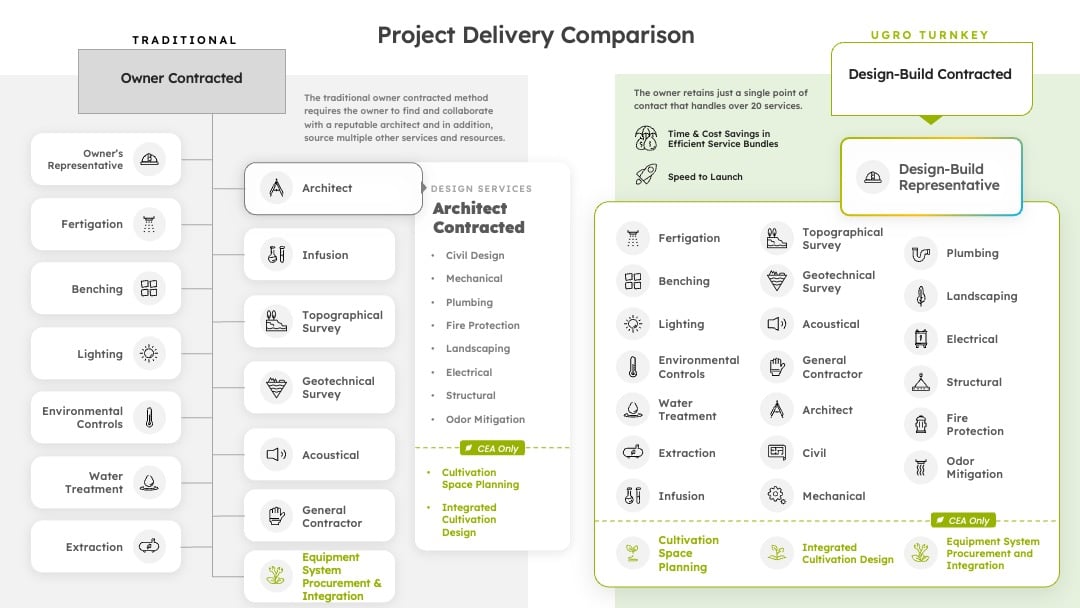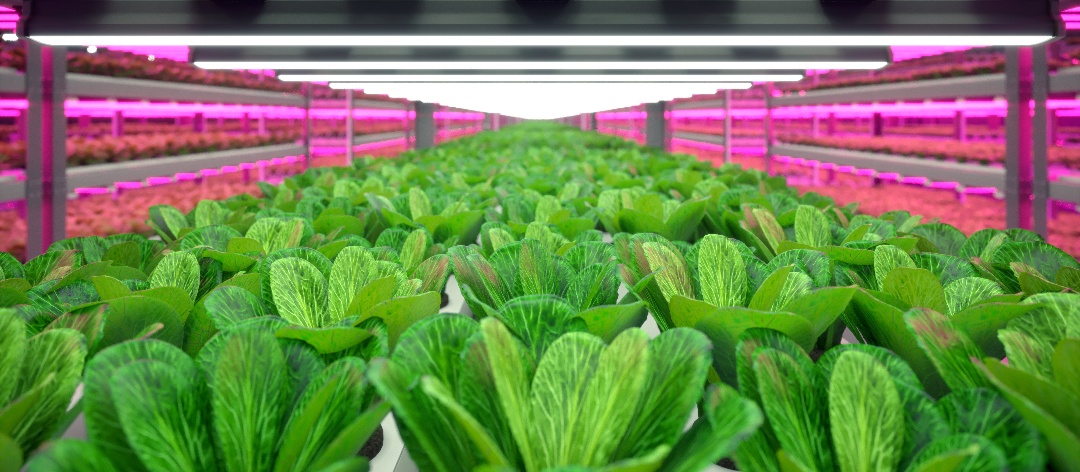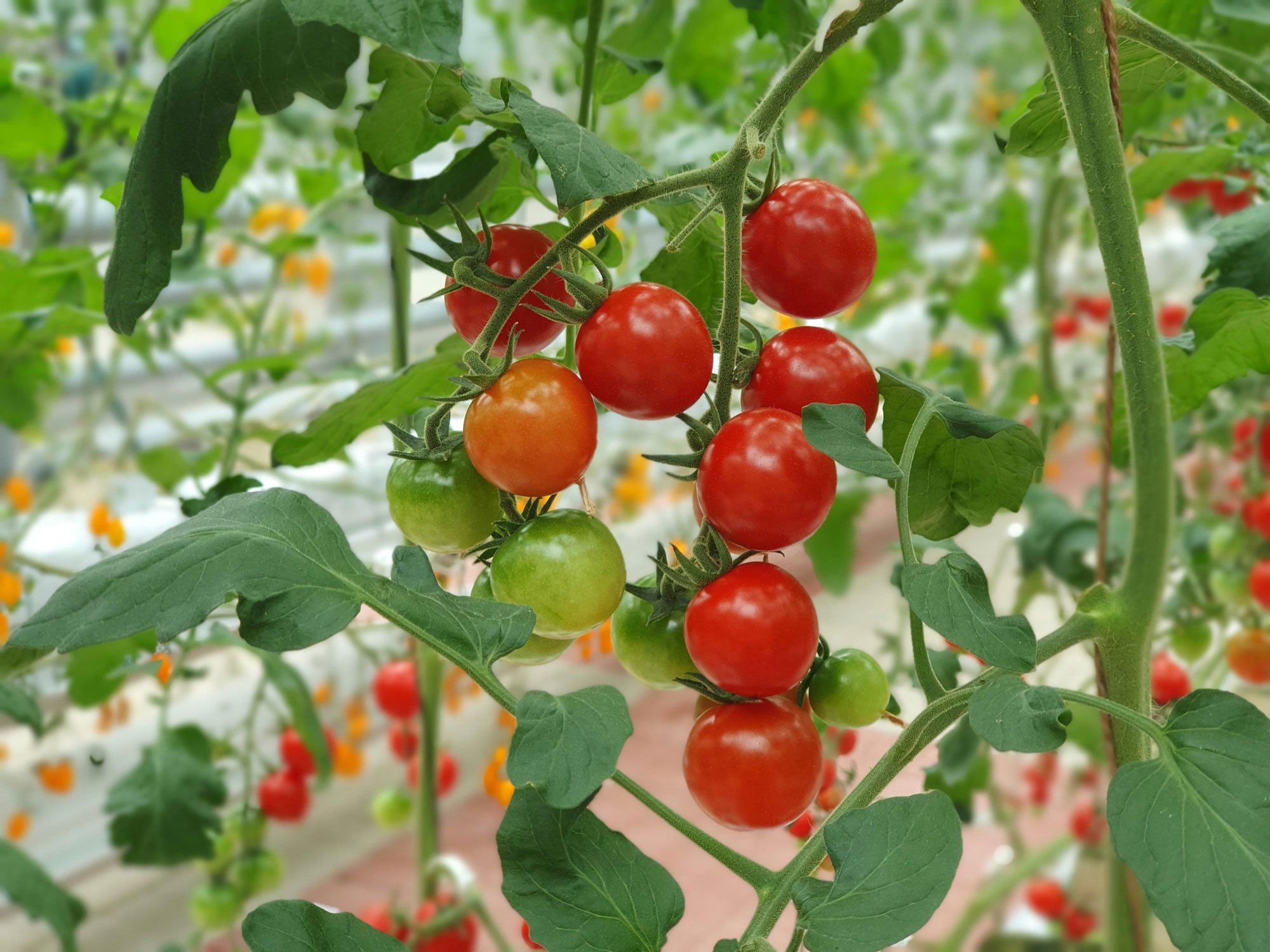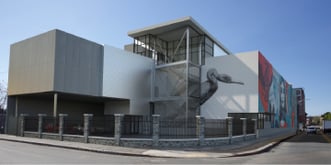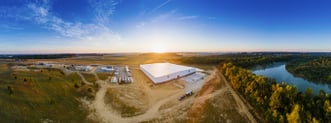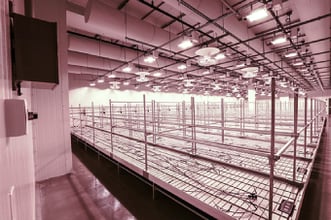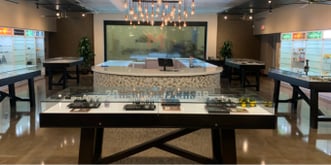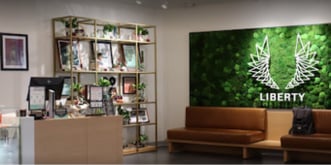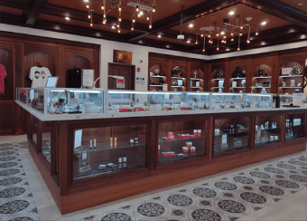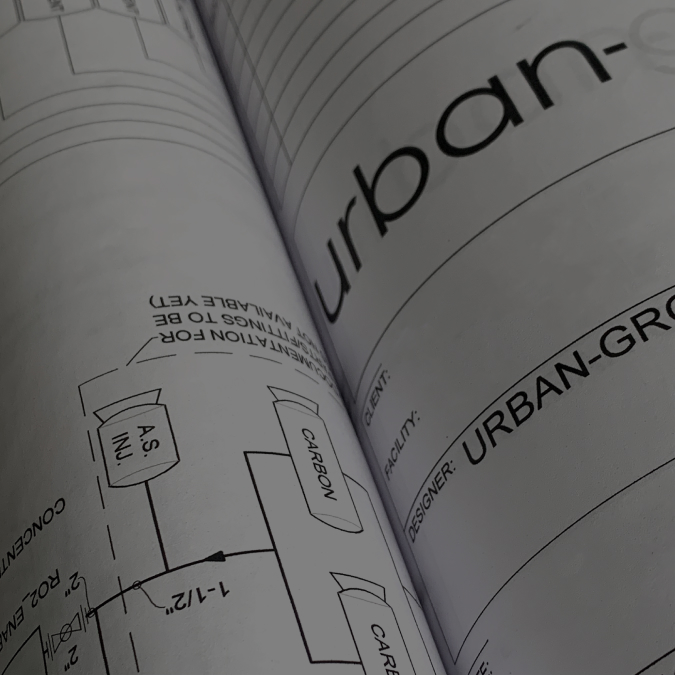How an Integrated Design-Build Solution Works
urban-gro provides comprehensive architectural design, Mechanical/Electrical/Plumbing (MEP) engineering, and construction management solutions for clients in markets like Controlled Environment Ag (CEA), healthcare, industrial, higher education, and more. Our aim is to simplify the design and construction process for our clients by providing a one-stop shop for all their needs. From feasibility studies to ongoing support services, urban-gro offers turnkey solutions to save our clients time, money, and headaches. Now, let’s dive deeper into how an integrated Design-Build delivery method works, the various solutions we offer, and the benefits clients can expect from working with us.
Streamlined Design-Build Approach
Pre-Design Process
Our building design experts begin by conducting a needs analysis and discussing your business goals. The design process is iterative and takes into account key factors such as site, budget, and projections. Our early collaboration approach maximizes your operational budgets and staff time, giving you the flexibility to scale your operations.
Architect-Led Facility Design
urban-gro's architects specialize in ensuring your facility functions as intended. The architect-led design-build approach starts with a site analysis to optimize space utilization. The architect then oversees the design team to maintain the budget and schedule, providing you with a facility that meets your specific business and production goals.
Mechanical & Electrical Engineering (MEP)
MEP engineering design for energy-consuming HVAC and electrical systems is complex. Our mechanical engineers protect your construction budget through thoughtful design for all energy-consuming systems. The engineers provide a hands-on approach at every stage of design, construction, and turnover, with transparency and open communication supported by robust visuals and project management systems.
Operations and Commissioning
Our in-house commissioning team works hand-in-hand with the design team and general contractor to ensure the equipment timing and installation are on track. Systems are installed, integrated, and started up according to specification, and all systems are tested to function as intended. Plus, our gro-care team provides ongoing support and expert training for controlled environment agriculture (CEA) sectors, ensuring your systems run correctly and effectively.
How it Works
urban-gro's turnkey solution is a three-phase process.
Phase 1: Getting Started
urban-gro guides your team through a highly coordinated, efficient process motivated by innovation, collaboration, and creativity. Phase one starts with the receipt of an inquiry, followed by a discovery call to assess the client's needs. This is followed by the development of a proposal and a review call to ensure it meets the client's requirements. The project officially kicks off once the proposal is approved. Our team is proud to deliver an exceptional customer experience through every step of the way.
Phase 2: Project Execution
Phase two includes the following steps:
- Investigative services for existing buildings
- Programming
- Conceptual
- Schematic design
- Design development
- Construction documents
- Bidding
- Construction
The objective of this phase is to design and build a facility that meets the client's business objectives, budget, and land requirements.
Phase 3: Continuous Support for CEA Sectors
urban-gro offers ongoing support to clients in the CEA sector by providing maintenance and training services to keep facilities functioning smoothly and equip employees to handle any challenges that may arise.
Benefits of Our Turnkey, Comprehensive Solution
urban-gro offers a range of solutions that provide clients with a single point of contact throughout the lifecycle of the project. Our approach to projects is design-led, which means we bring contractors and other stakeholders together early in the process to ensure a mutual understanding of vision, expectations, and requirements to deliver a successful project and exceptional customer experience.
Our services start with a comprehensive feasibility study that helps clients select the right property for their project. We then guide clients through the application process by providing them with renderings, visual aids, and imagery to support their applications.
urban-gro's turnkey solution is perfect for clients who want a streamlined design and build experience. We collaborate and guide you from start to finish, which saves both CapEx and OpEx.
Managing Cost Control
We work with you to deliver projects on time and within budget. Our team of experienced professionals has worked on over 1,000 projects to date.
Designed to Meet Your Goals
At urban-gro, we understand the importance of designing a solution that meets the specific needs of each client and their business plan. Our team of experts will work with clients to design a solution that suits their land and budget requirements, ensuring that business objectives are met.
Dedicated Team
Choosing urban-gro as a turnkey partner means having a dedicated team with a high level of accountability and expertise. We are with our clients every step of the way, providing support and ensuring that occupied facilities remain operational as required. With our experience and expertise, clients can have confidence in their project.
The Future of Design-Build
The urban-gro turnkey Design-Build solution simplifies the construction process for clients in all industries. With pre-design analysis, architect-led design, MEP engineering, operations, and commissioning, urban-gro offers a range of solutions to meet clients' specific business and production goals. Simply click below to get started.
